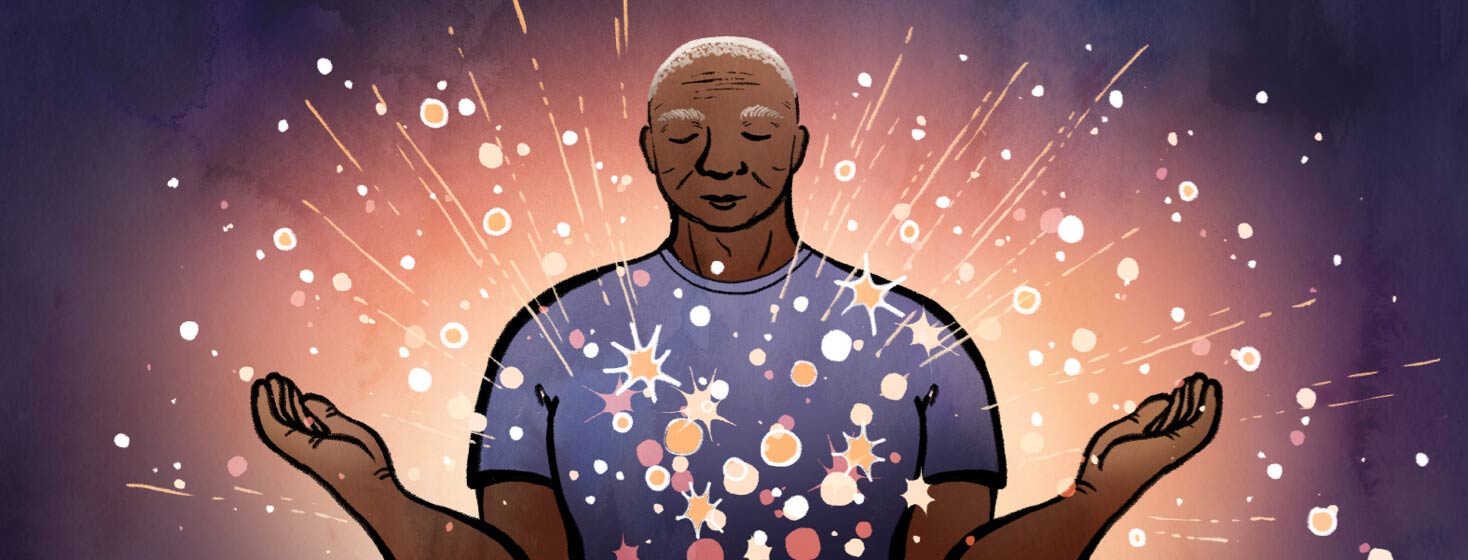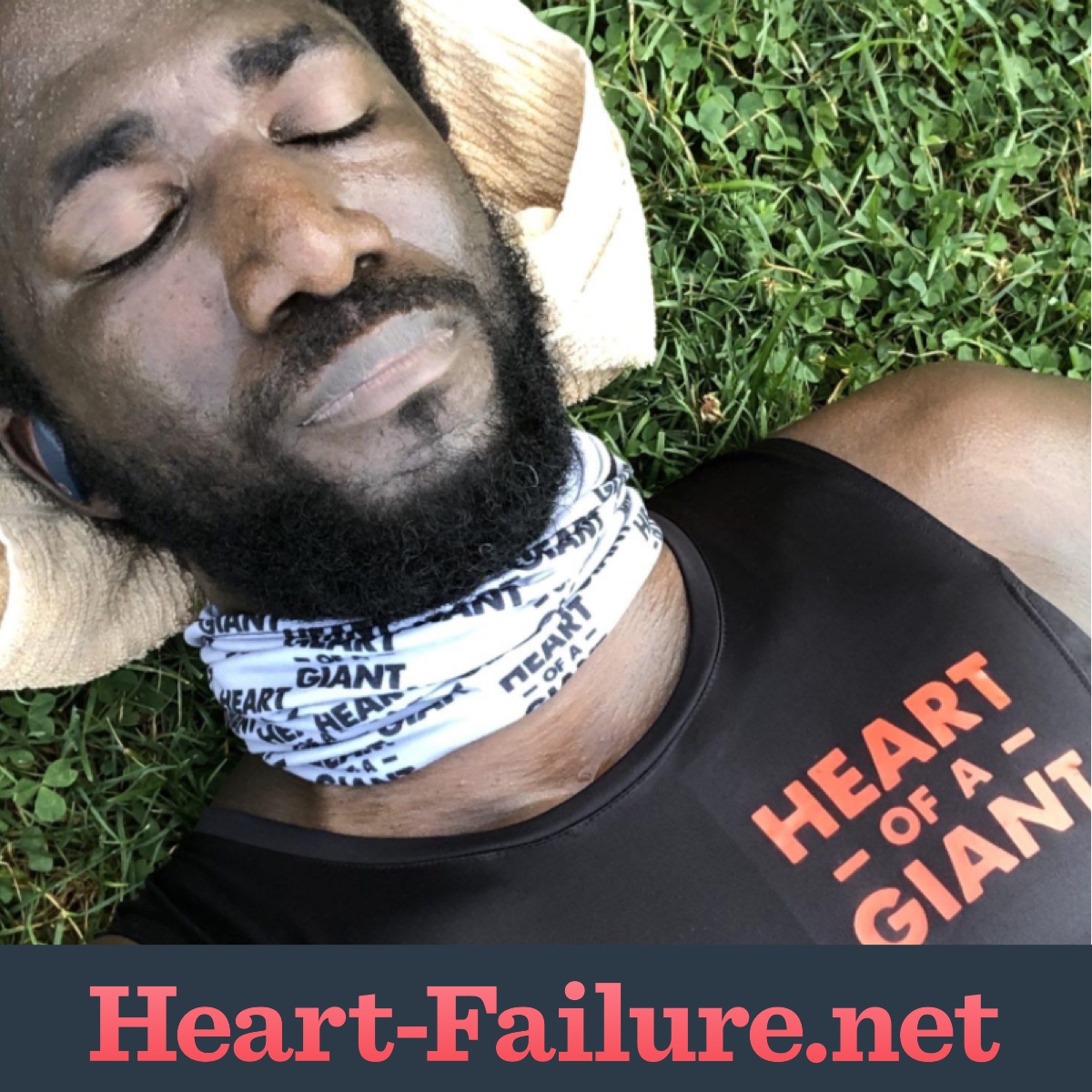Mindfulness (Part 1)
Editor's note: This is part 1 of a 2-part series. Be sure to also read part 2!
Today, I want to talk about mindfulness. I previously wrote a few pieces on meditation, which has helped me manage my illness and life. It is not like I am a monk, or I meditate for hours every day, but like with most good things, the little consistent bits can do wonders. Like muscles, the fruit of mindfulness also grows and flourishes when applied in regular and small doses.
What is mindfulness?
What it's not
Firstly, what is mindfulness? I first learned what mindfulness is not, i.e., mindlessness. To do something mindlessly is to do it in a distracted and absent manner. When we are mindlessly doing an activity, our insides (mind or emotions) appear focused on something else that matters to us. Hence, the thing we are meant to be doing gets treated with ignorance. We can then end up doing multiple things poorly or nothing well; trying to get our attention never entirely gets it, and the thing we "should" be doing is mistreated.
Engaging with the details
However, mindfulness is not just about doing one thing. It is about engaging with the different parts of our lives, with all the details of us. It is about fully being present for the dishwashing, and it also means being fully present for our dear partner or our shared conversation. Therefore, I want to set a few scenarios that invoke techniques that have been helpful to me along the way. The first techniques that come to mind are "body awareness," "practicing stillness," and "mindful eating."
Summer 2020: Meditation after a workout at the park.
Body awareness
Experience has informed me
Let us start with body awareness. I always try to be aware of my body. My many injuries (i.e., multiple fractures, ligaments, or sprains) over the years have heightened my acute awareness. Besides, my childhood plays a role too because I spent a lot of time with my mom at the hospital. She was the town general practitioner and ob-gyn. I would often sit in her room while there was no patient or colleagues. I spent many days watching other people in pain, recovery, relief, despair, and even death.
Preparing food
My mum helped her patients and their families to feel better. I naively made it my mission to do all I could to help her manage her days. I would watch the meals cook in the oven when our housemaids left for the day and my mum came back from work to finish preparing dinner. Then, depending on how early she arrived, I would either run to join my brothers and my friends playing or help prepare the eating area and the dishes for dinner together around a round bowl.
Trends and patterns
Focusing on the senses
Early in my growing years, I began to sense and watch the trends and patterns in my own body. The cause-and-effect elements would cause me to feel better or worse. To sort of reset or reconnect with my body, I would try to get a picture of every part of my skin; what I feel, sense what I am smelling in the moment, what I hear, taste in my mouth, and what I am seeing. These are some of the basic tenets of mindfulness that encourage us to focus on the five senses: sight, sound, feeling, taste, and smell. With time, our capacity to observe ourselves extends beyond the present moment, and we can start seeing trends and patterns.
Coffee and headaches
For example, I noticed that certain fatty foods would make me nauseous or not always enjoy salt. Over time, I learned to dislike these foods, and I would naturally avoid them as often as possible. Then, there is the question of coffee. Everyone reacts differently to the caffeine content in coffee. I love the smell of coffee, especially when I brewed it for my parents. However, I noticed that downing a lot of coffee did not necessarily keep me stay awake, but it would give me headaches later in the day. I did not know what this correlation between drinking coffee and my headaches meant.
Relaxing and tuning in
When I was very sick and in the hospital, I would try to relax my body as much as possible. I strove to understand where the pain in my body was located. I took advantage of the nurse's regular questions about my pain levels to get more in touch with what was happening in me, not only in terms of my physical body but also in my mind, spirit, and emotions.
I also practiced gauging my frustration levels, my moods, and being more aware of my breathing. This technique allows me to spot symptoms and their triggers quickly. I can now be a resource to my medical team with my feedback and insights.


Join the conversation